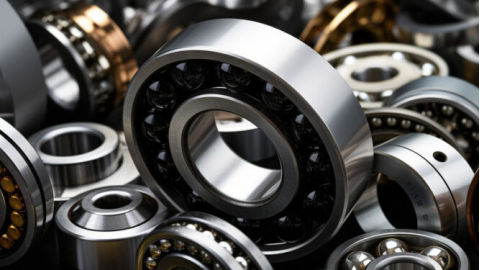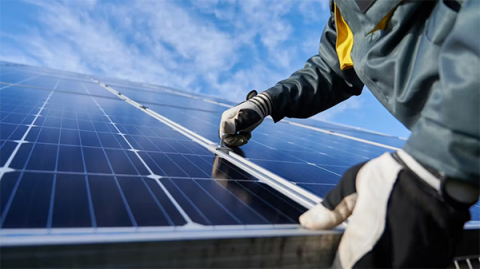Top 10 Cleaning and Hygiene Equipment Factories in China

Industry Standards and Certification Systems
Factories follow strict standards. They use GB/T 18883-2002 for indoor air quality. ISO 9001 ensures quality management. CE certification is key for European exports. NSF International certification is vital for hygiene. China Environmental Label (Ten-ring) promotes green products. These certifications guarantee product safety and performance.
Technological Innovation and R&D Capability
Chinese factories lead in innovation. High-pressure cleaning now reaches 500bar. Smart systems use IoT for remote monitoring. Variable frequency motors save over 30% energy. They use antibacterial stainless steel. Modular designs cut maintenance costs by 40%. AI helps in cleaning path planning. 5G and big data are future focuses.
Production Process and Quality Control
Manufacturing uses advanced techniques. Laser cutting precision is ±0.1mm. Robotic welding ensures strong structures. Electrophoretic coating gives 10+ years anti-corrosion. AGV systems automate assembly. Every unit gets pressure and leak tests. SPC controls quality processes. All products undergo 72-hour continuous operation tests before shipping.
Product Systems and Solutions
Factories offer complete ranges. Commercial series include floor scrubbers and sweepers. Industrial units handle 150-500bar pressure. Special equipment includes explosion-proof and food-grade types. Smart products feature self-navigating robots. They provide full solutions from equipment to consumables. Custom designs meet specific client needs. They serve airports, hospitals, and other major facilities.
Market Layout and Service System
They have extensive networks. Domestic coverage includes all provincial capitals. Products export to 120+ countries. Service teams offer 24-hour response. 95% of parts ship within 48 hours. Training programs teach operation and maintenance. Apps enable remote diagnostics. Custom services handle needs from consultation to implementation.
Sustainable Development and Environmental Practices
Factories focus on eco-friendly operations. Energy-saving designs cut consumption by 30%. Production achieves zero wastewater discharge. They recycle 95% of production waste. Green supply chains require eco-compliance from suppliers. Lifecycle assessment covers design to recycling. Carbon footprint tracking aims for peak carbon by 2030. CSR includes community clean-up projects.
Industry Challenges and Development Opportunities
The sector faces several challenges. Some high-end parts like pumps still import. There is a shortage of mechatronics talent. Raw material costs rose over 20%. Competition with German and Italian brands continues. Smart transformation brings data security risks. New environmental standards increase compliance needs. Opportunities grow from urbanization and health awareness.
Purchasing Guide and Recommendations
Choose equipment based on specific needs. Assess the area to determine machine size. Consider total cost, not just purchase price. Check key specs like motor power and work efficiency. Ensure safety features like leak-proof and explosion-proof. evaluate after-sales support and part availability. Test machines on-site before deciding. Use a checklist to assess supplier qualifications and project cases.
Future Development Trends
The industry moves toward smarter solutions. 80% of equipment will have IoT features in 5 years. Hydrogen energy equipment is in development. Ergonomic improvements reduce operator effort by 30%. Modular designs cut repair time by half. Business models shift from selling equipment to providing services. Nano-coatings enhance anti-fouling effects. Market consolidation will increase leading companies' shares.




